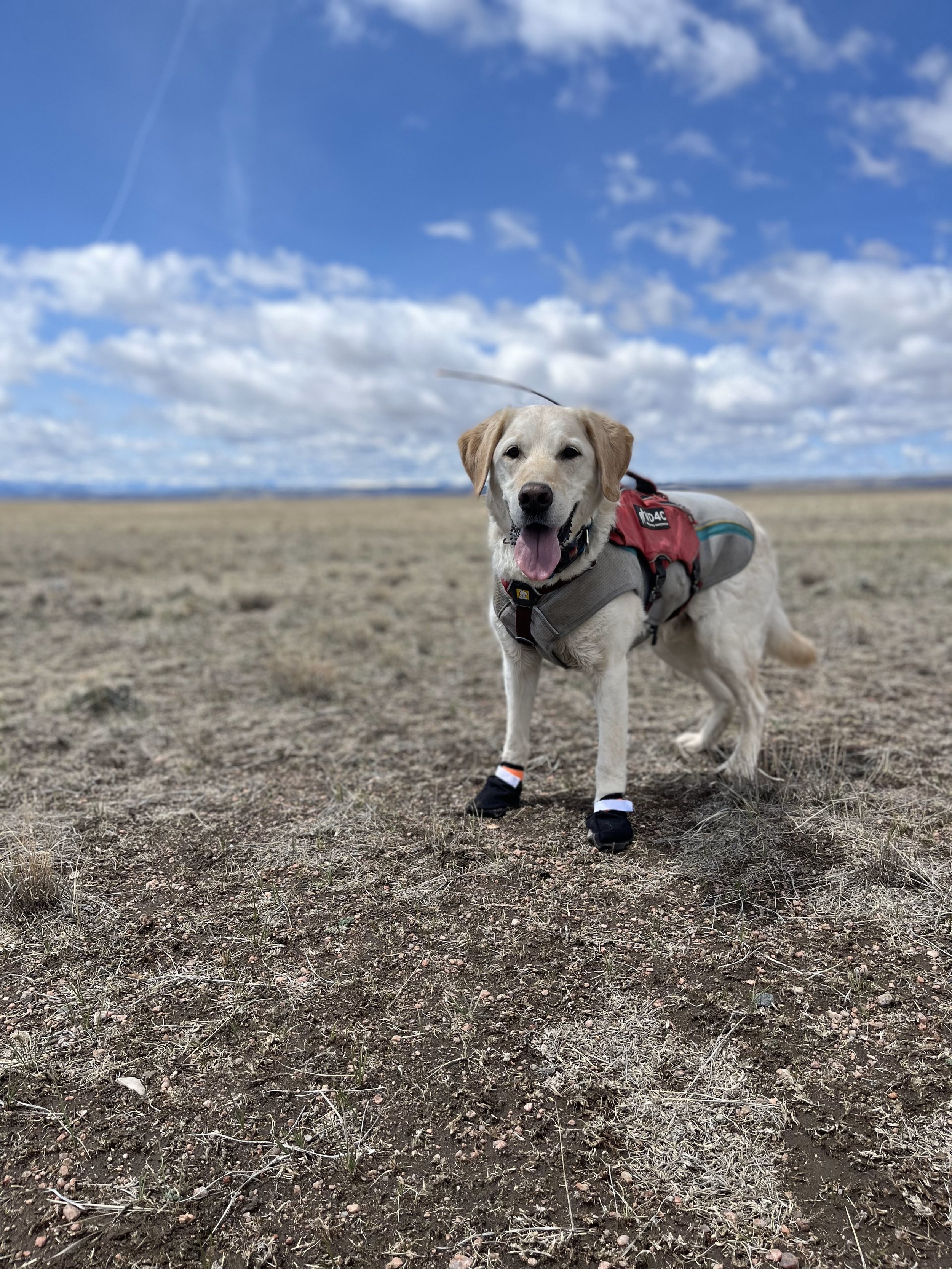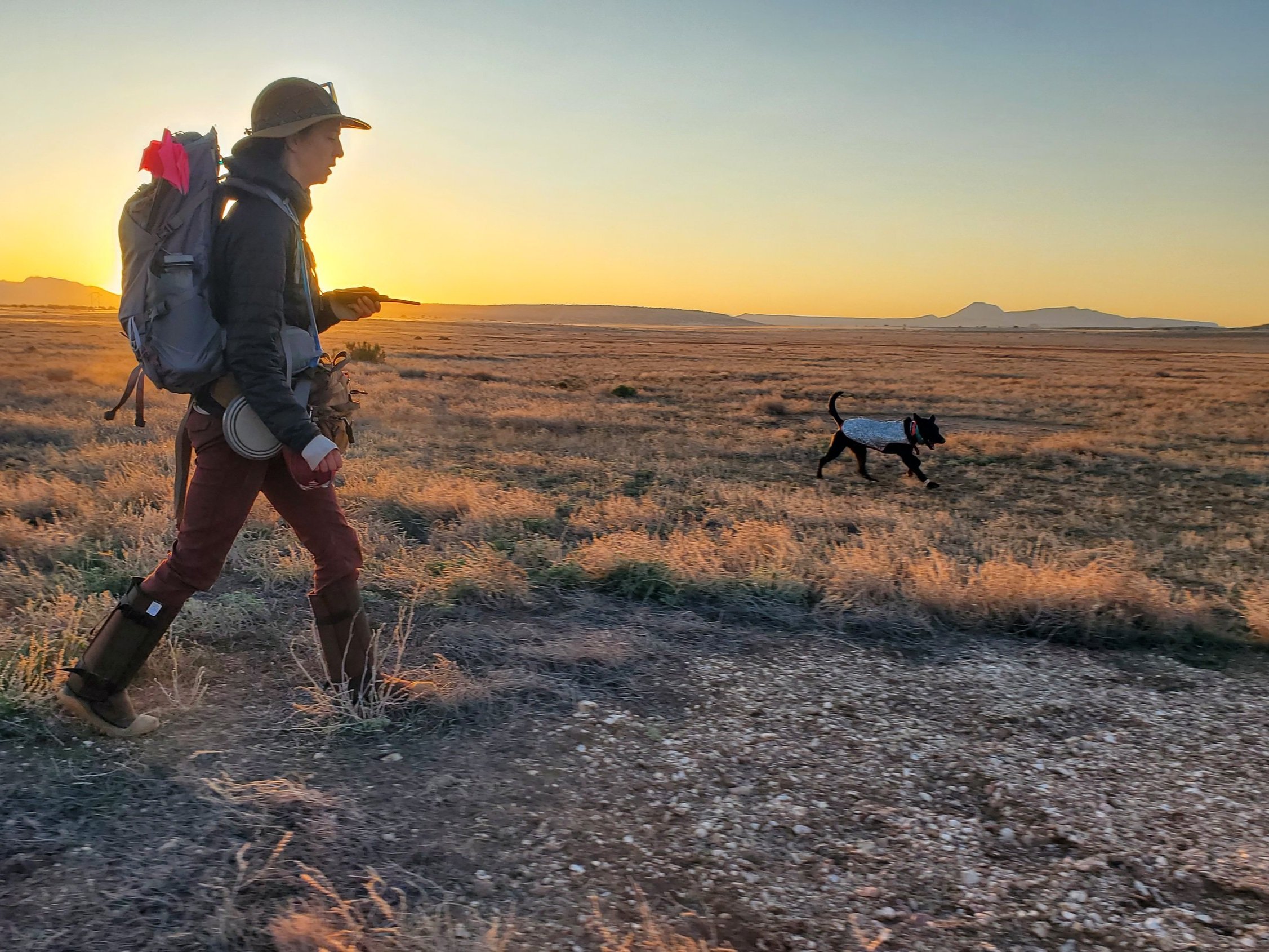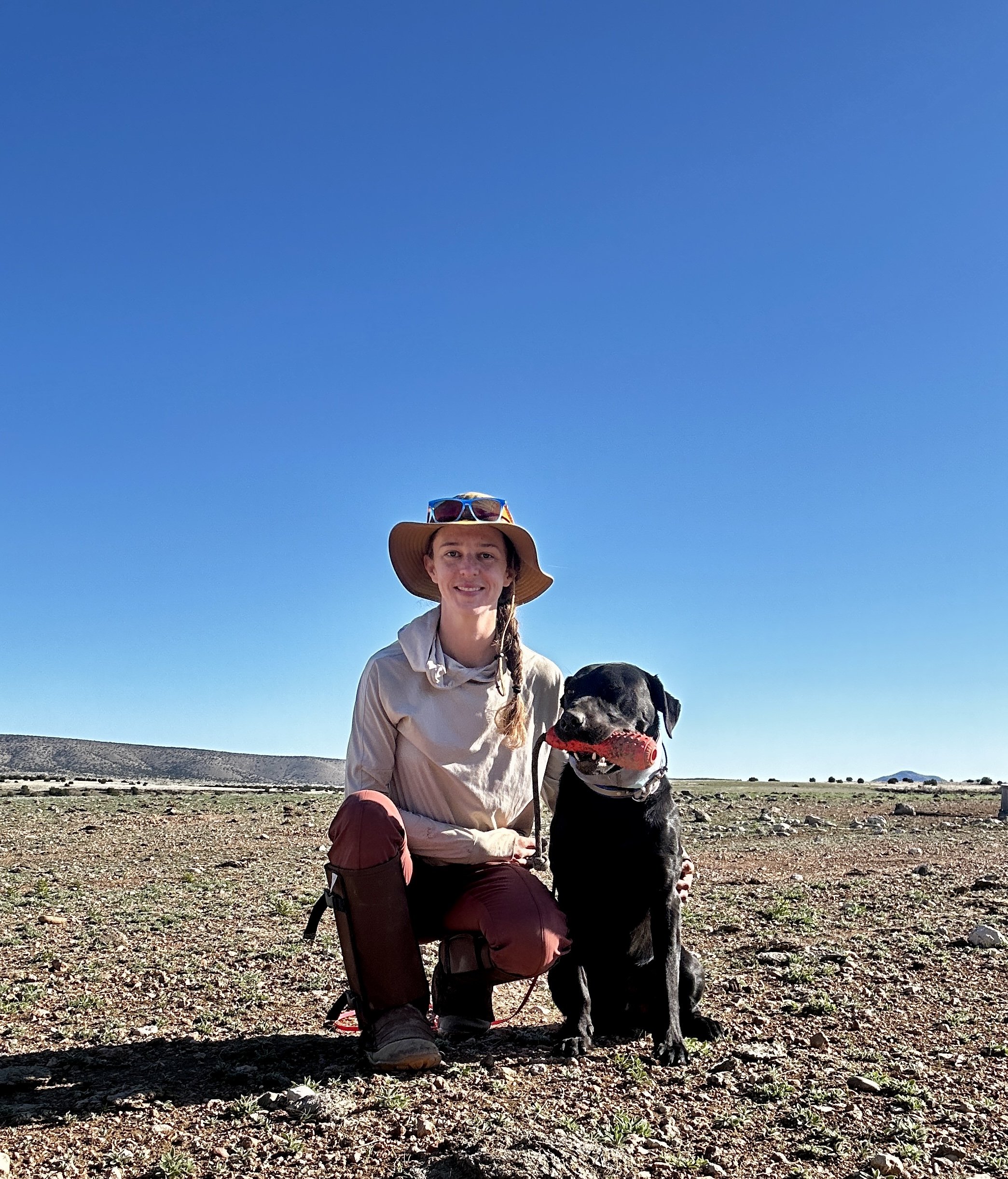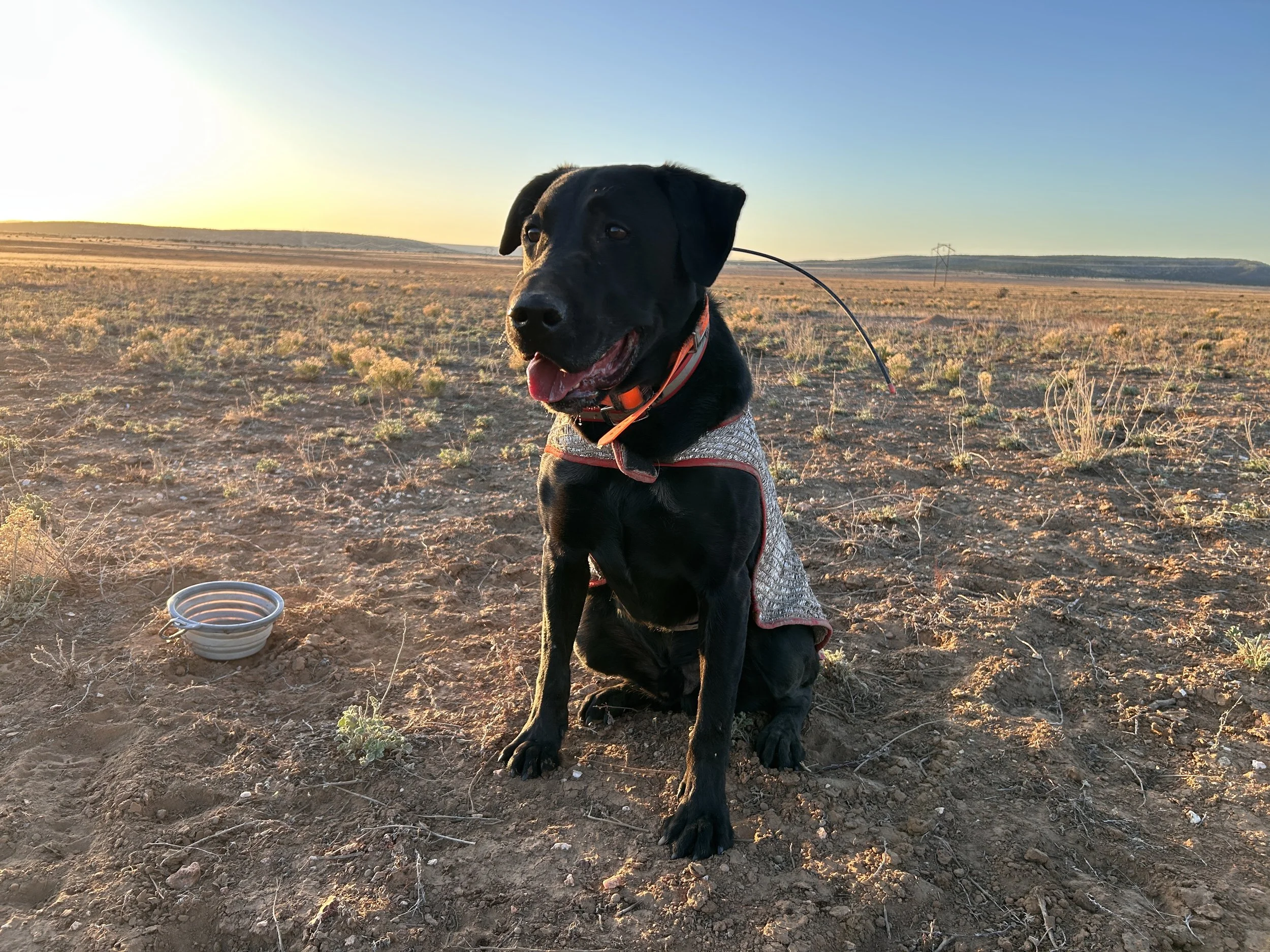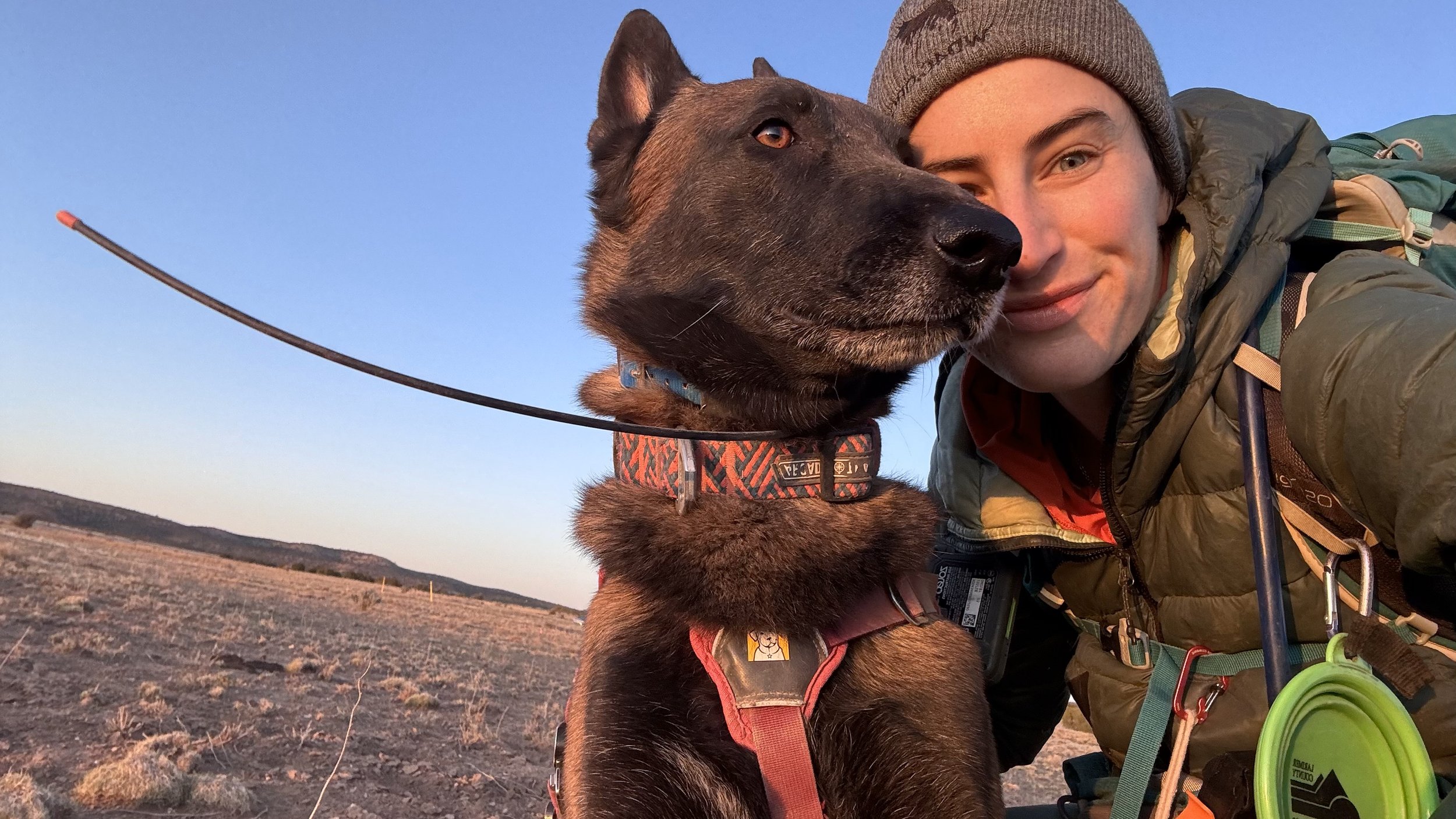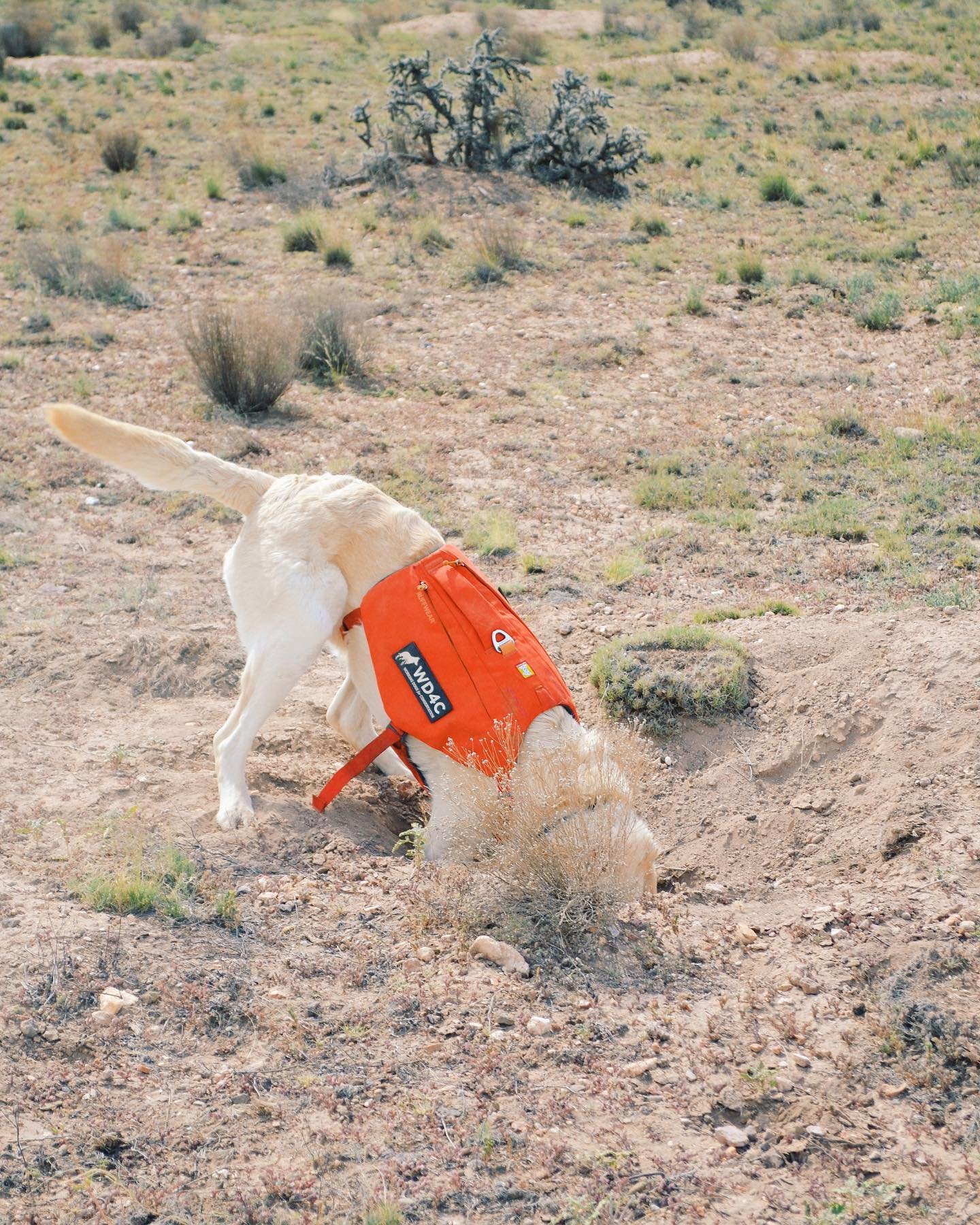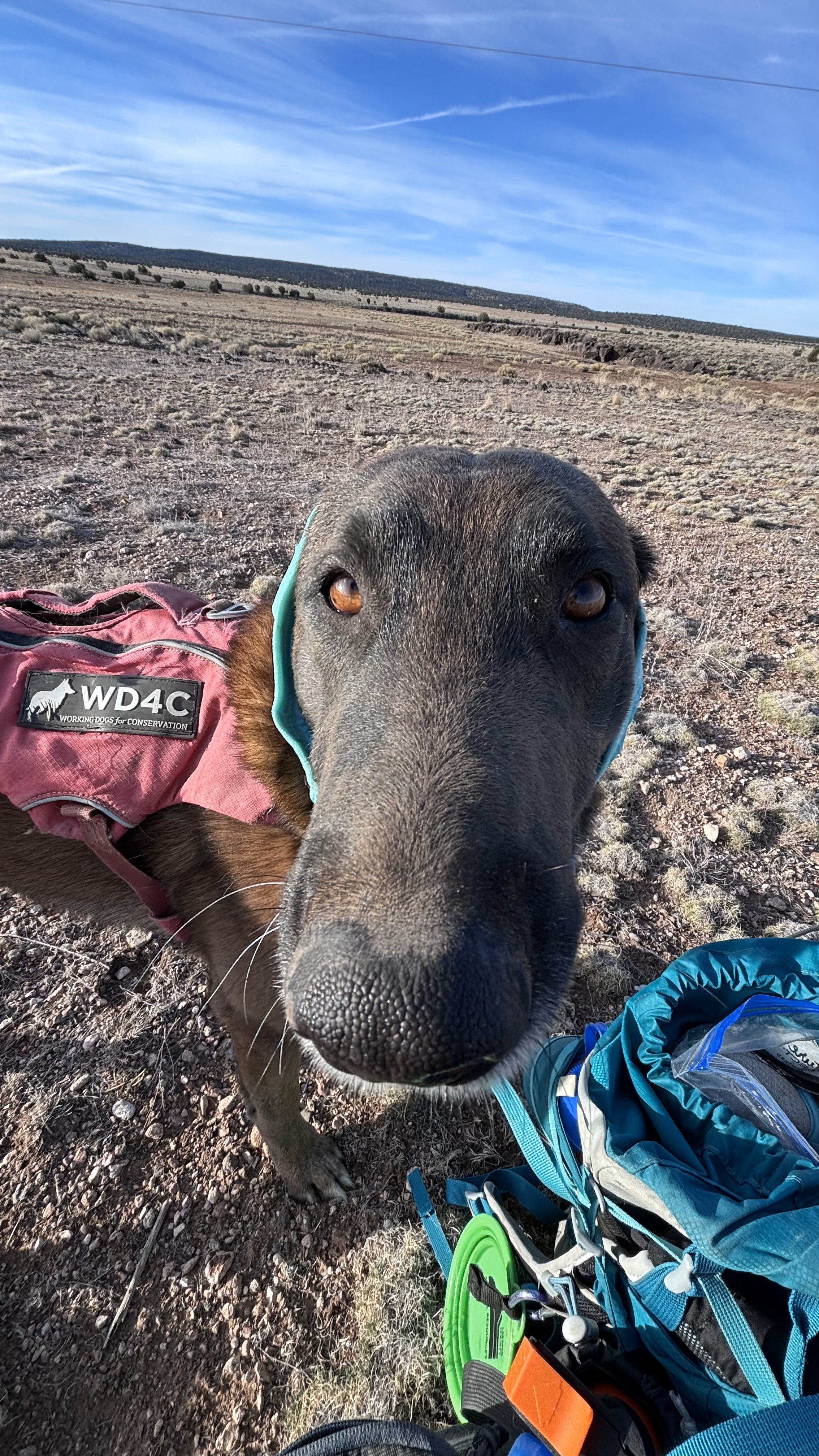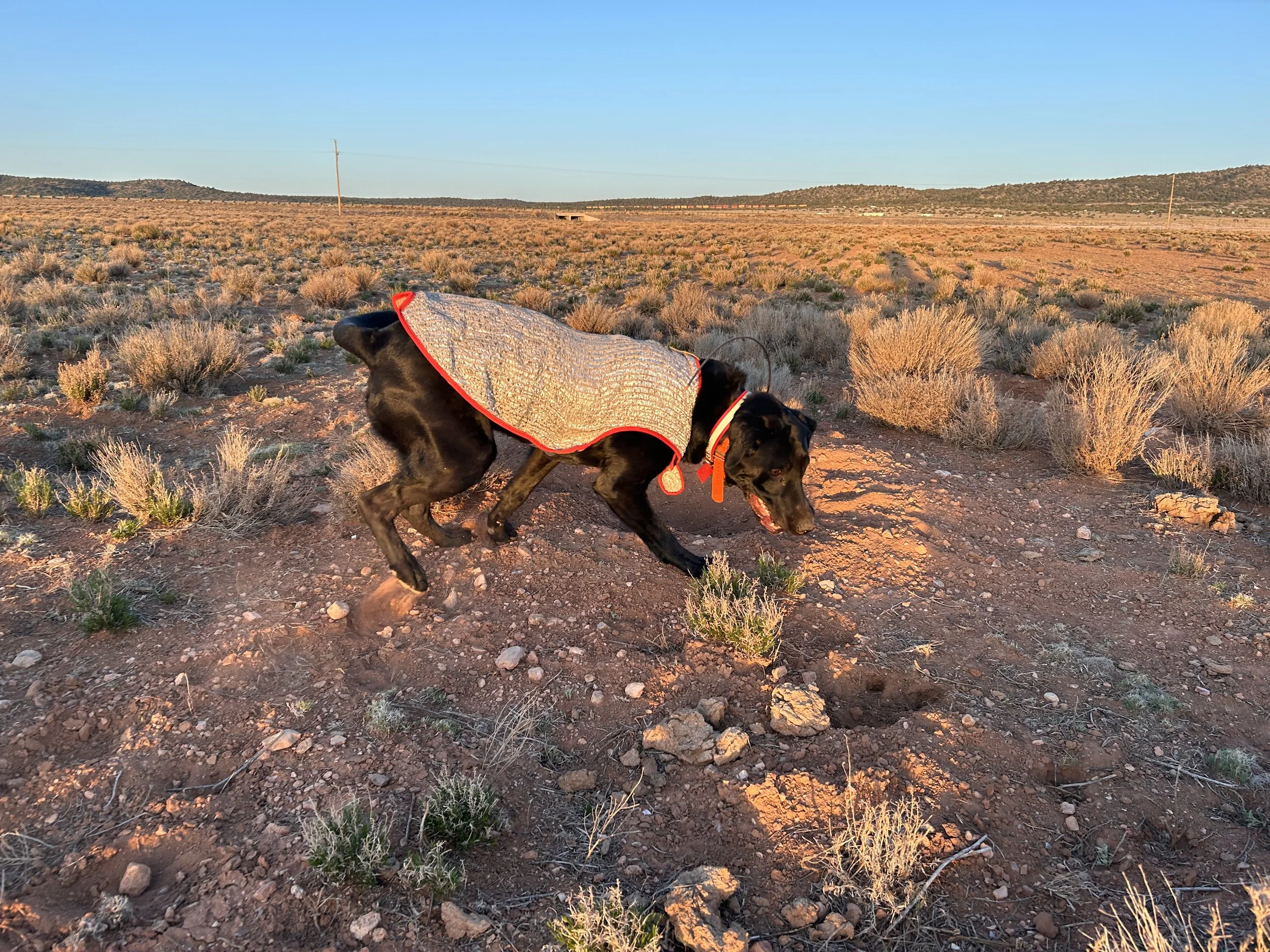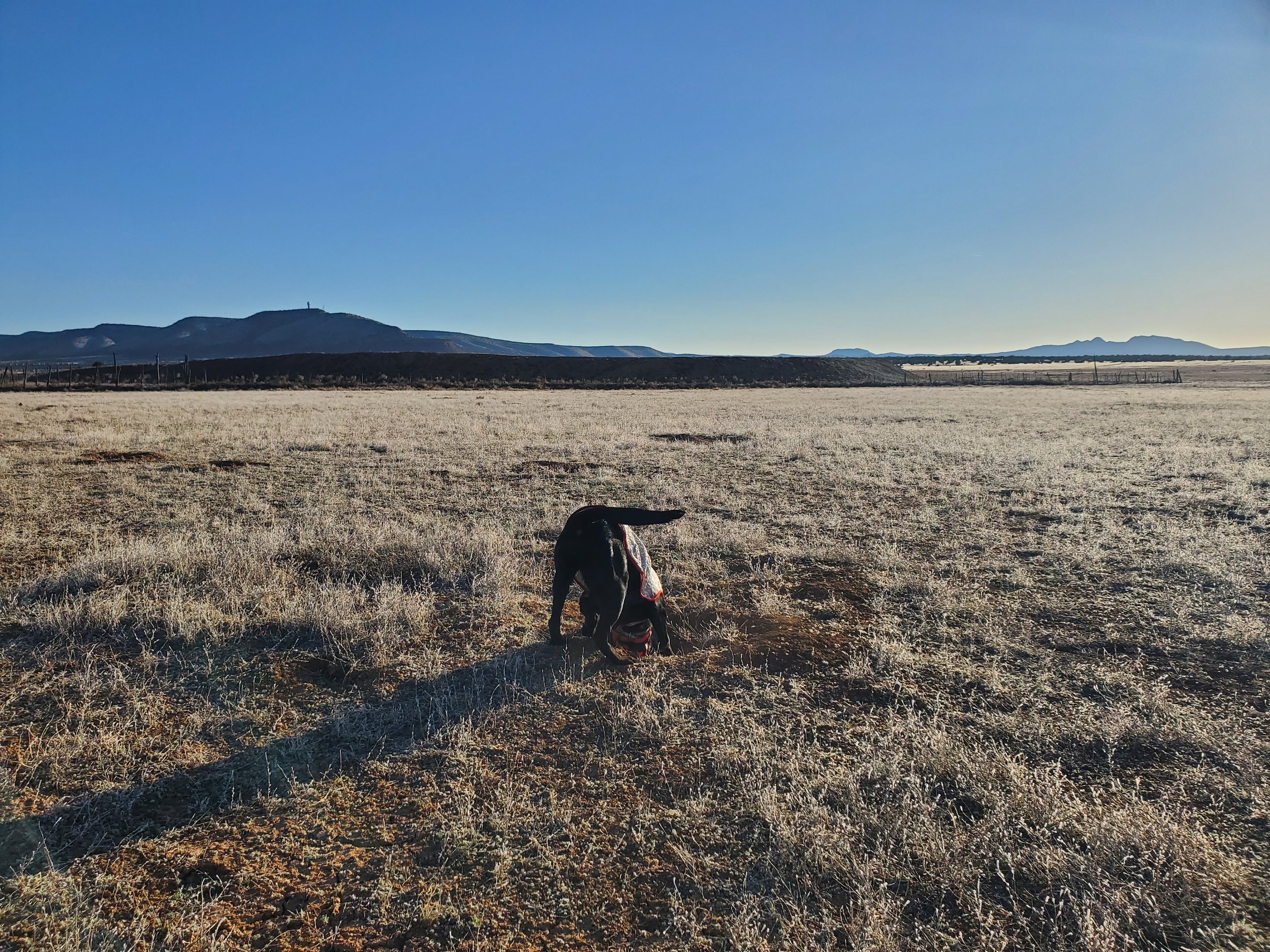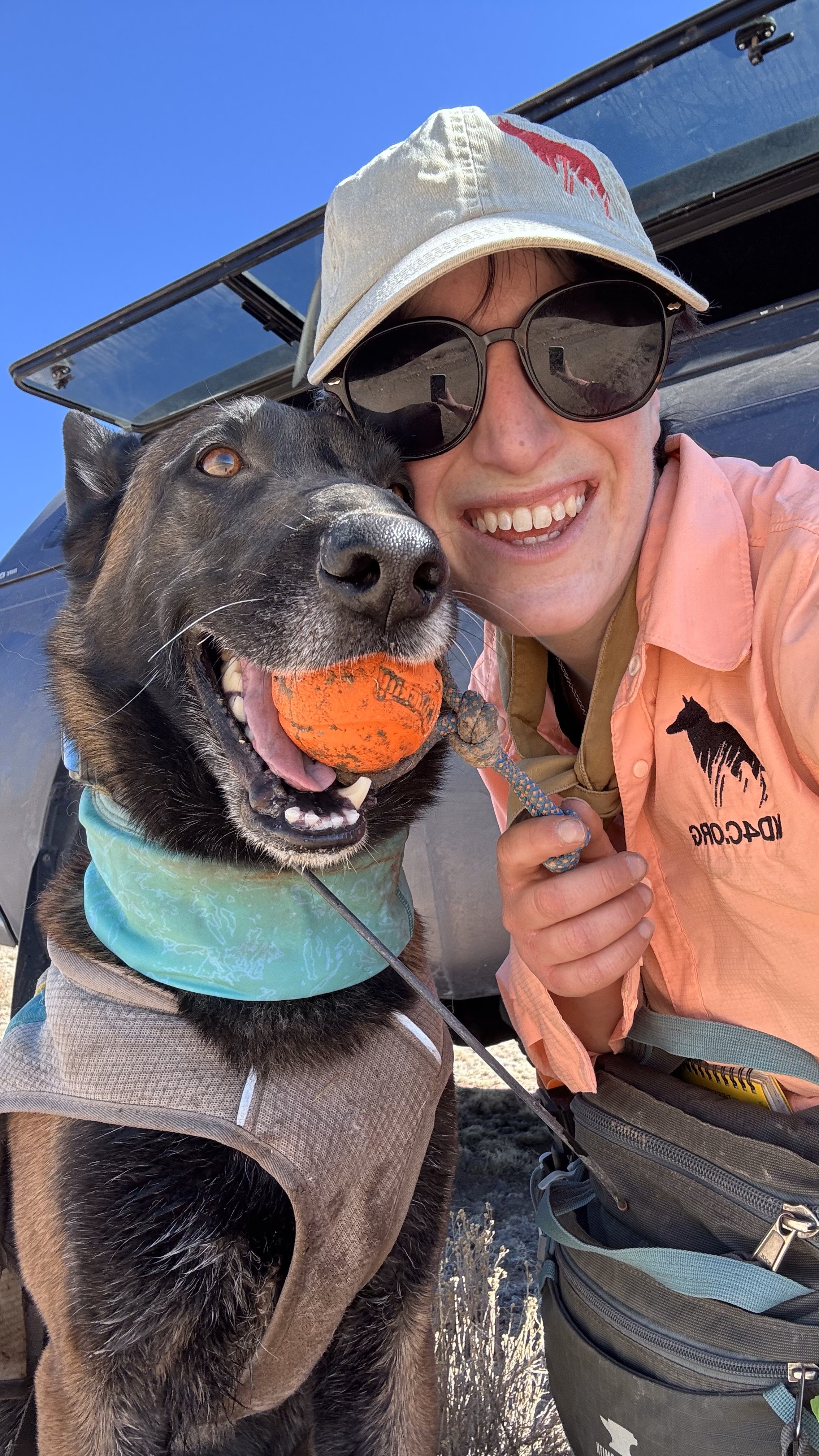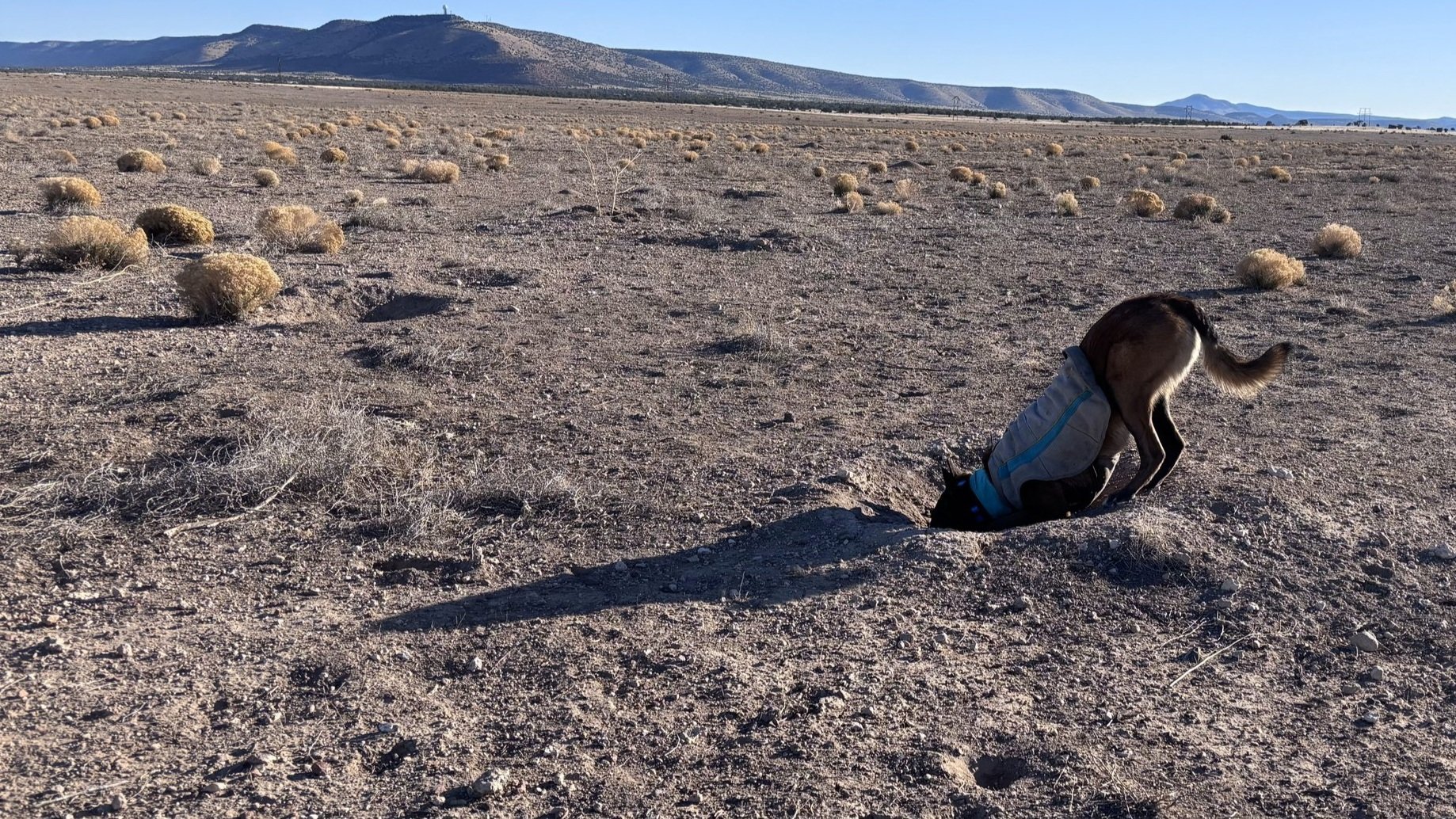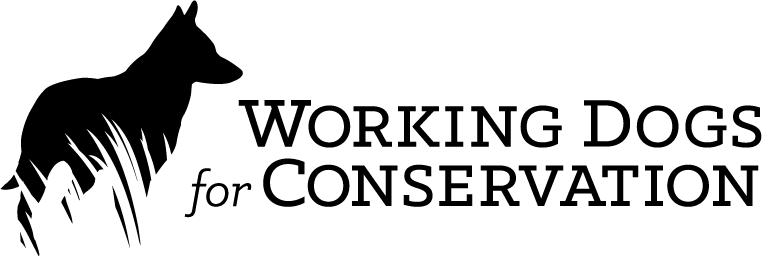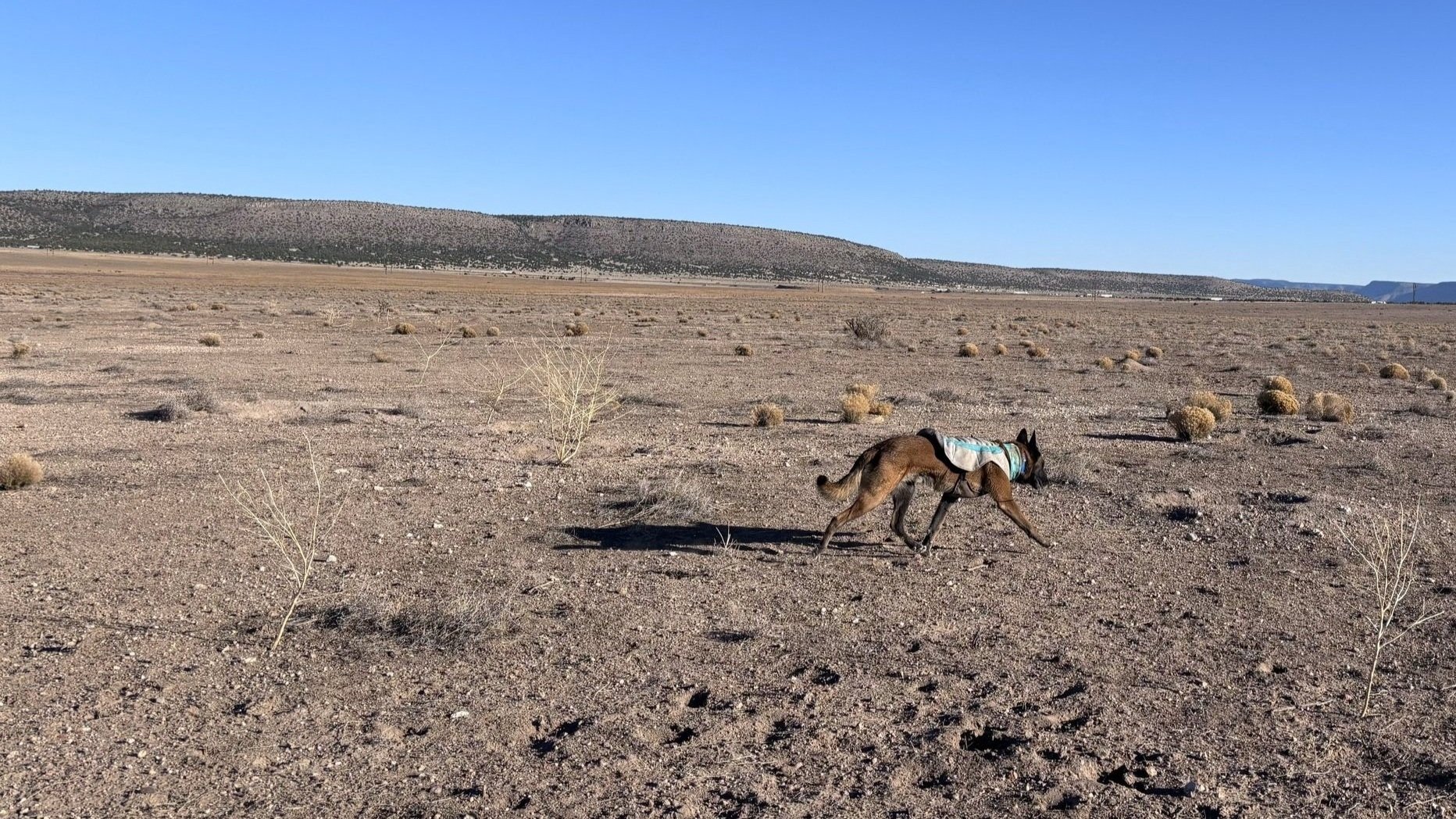
OUR WORK: ECOLOGICAL MONITORING
Black-footed Ferret Monitoring Project
-
South Dakota, Wyoming, and Arizona, USA
-
To measure the effectiveness of dogs at locating areas of high use by black-footed ferrets and complete a comprehensive assessment of dogs as tools for monitoring ferrets
-
High-use areas of black-footed ferrets and individual black-footed ferrets
-
Arizona Fish and Game Department, Buffalo Gap National Grasslands Wall Ranger District, National Resources Conservation Service, South Dakota State University, US Department of Agriculture, US Fish and Wildlife Service, Wildlife Ecology Institute, Wyoming Game and Fish Department
Black-footed ferrets were presumed extinct between 1979 and 1981 due to decreases in their main food source — prairie dog populations.
Tracking, counting, and monitoring these elusive predators is exceedingly difficult - they’re nocturnal, largely solitary, and live in the same underground burrows as their favorite prey.
WD4C is part of a multi-part team with the shared goal of understanding these highly endangered animals. Dogs are proving to be an effective tool that work especially well in conjunction with radio collars, spotlighting, and camera trapping. While spotlighting requires a human to be in the right place at the right time - when the ferret is awake, above ground, and facing the correct direction for an eyeshine - dogs can detect ferrets while they snooze in their burrows.
Building off of past work in Meeteetse, Wyoming, and Wall, South Dakota, WD4C is working with groups in Arizona to monitor North America’s most endangered mammal.
